Back when I was in grad school, we used
to do a lot of canoeing. Usually there would be four of us: Sam,
who was doing research in the same office as me; Josh, who had an
office down the hall; Josh's girlfriend Lisa; and me.
Thursday and Friday there had been rain showers for the first time in about a month. The local
creeks and rivers had been low, with sand bars and roots making any
canoeing difficult, but by the time the skies cleared on Saturday
they had risen, and we had a good time. We canoed about a dozen
miles downstream, and sunset was only a half-hour away when we
finally pulled out at a bridge. Sam's car had been left at the
put-in spot, so Josh and Lisa drove him back to pick it up while I
stayed with the canoes.
There wasn't much to do, and after
maybe twenty minutes I wandered up the landing to the road to see if
I could see anyone coming. It was still too early for the others to
be back, though, so I started back down, when I was surprised to
notice that someone had pulled off on the other side of the road. It
looked like they must have come from an antique car show; both their
car and their clothing looked like something out of the 1950's.
There was something about them that
seemed wrong, but I couldn't put my finger on it. The people looked
normal enough: two young men and two young women, who might have
been their girlfriends or sisters (they all looked vaguely Italian to
me), and an older man who may have been one of their fathers. The
two women, one of whom was visibly upset, held back near the car with
the older man. The two young men had gone down to the creek, where
they threw in something small. My uneasy feeling seemed to be
strongest about these two. They were doing something else, but I
couldn't see or hear very distinctly what that was.
No one had noticed me yet, so I went
back down quietly to the canoes. My friends got back a few minutes
later, and before long we had the canoes packed away and were headed
off to find something to eat. As we pulled out, I noticed that the
“Italians” were gone. Also, even though our cars were leaving
ruts in the muddy ground, there were no such ruts on the other side
of the road.
I didn't think about the “Italians”
again until several days later, when an errand took me out of town
and I came back around dusk by the same road. I was surprised to see
they were pulled off at the side of the bridge again. I slowed down
in case they were having car trouble, but as I got closer I saw that
they were doing exactly the same thing I had seen them do that
previous day. What's more, even though I was on their side of the
road, it looked like they could not see me. Glad of that, I sped
off again.

The next day at work I mentioned all
this to Sam. At first he thought I was kidding him, but when he saw
I wasn't, Sam wanted to see for himself. I met up with him again
after supper and drove him out to the bridge; we both thought that
the time of day might be important.
Sure enough, there they were again,
going through exactly the same motions as before. I slowed down to
about one mile per hour, but I was not willing to come to a complete
stop. After a couple of minutes, I sped back up, never to see them
again. “Got it!” Sam said.
He had had the sense to take down the
information from the car's tag. It took him two months, but Sam was
eventually able to identify the “Italians.” They turned out to be
an immigrant family of Hungarian gypsies. The tag was from 1955, and
its owner was a widower who had two adult sons and a grown daughter.
The older son was married, but his wife divorced him the next year.
Most surprising to me was the fact that
they were all still alive, though the father was now nearly ninety.
Well, almost all of them, anyway: I had some strong suspicions about
the small thing that was thrown into the creek, but no way of knowing
for sure.
EDIT: Revisiting this old post, I'm not sure why I held back a few details.
- I am pretty sure that the "small thing" thrown into the river was a dead baby, the result of either abortion or infanticide. This would have been the child of the older son, and what happened at the bridge was the reason his wife left him. The baby had been essentially a sacrifice in some sort of black magic ritual.
- Although all the adults were "still living" ... well, that was only true in a biological sense. Their souls were still stuck at the bridge, conducting the evil ritual over and over again.
- The creepy feeling had been because of points 1 and 2.



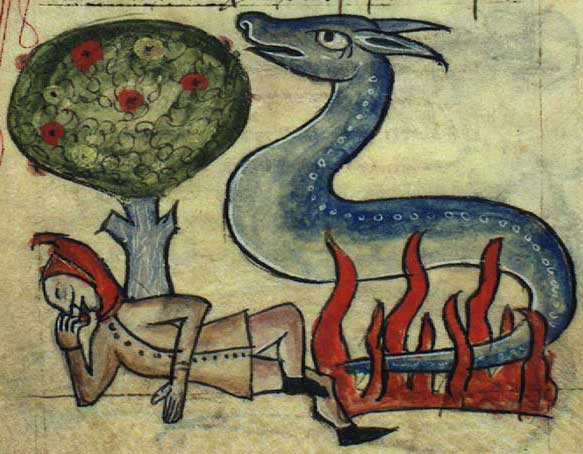


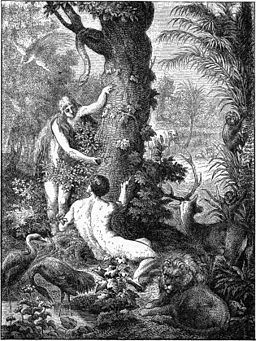


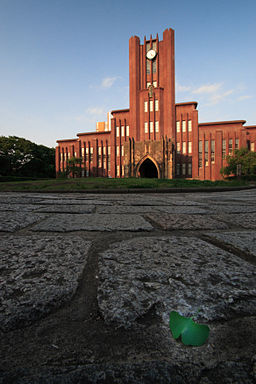


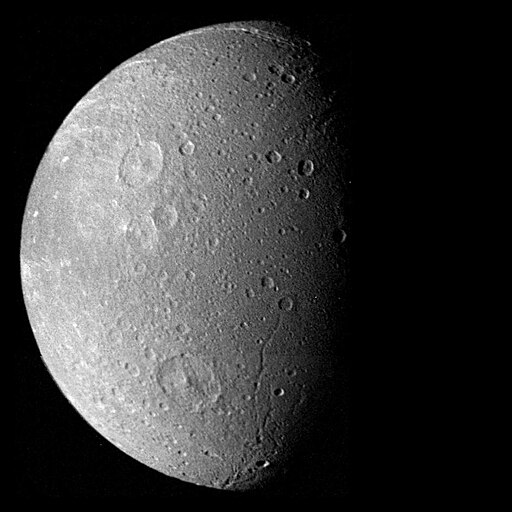



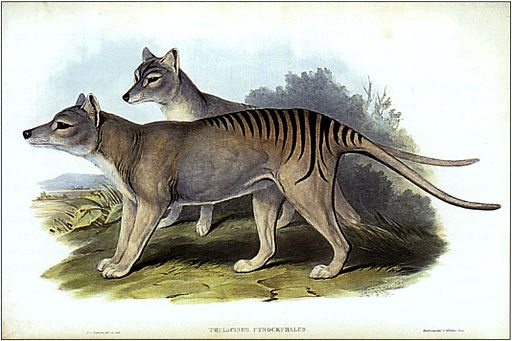
![B5bugerbear, by Lizard King at en.wikipedia [GFDL (www.gnu.org/copyleft/fdl.html) or GFDL (www.gnu.org/copyleft/fdl.html)], from Wikimedia Commons](http://upload.wikimedia.org/wikipedia/commons/d/da/B5bugerbear.jpg)